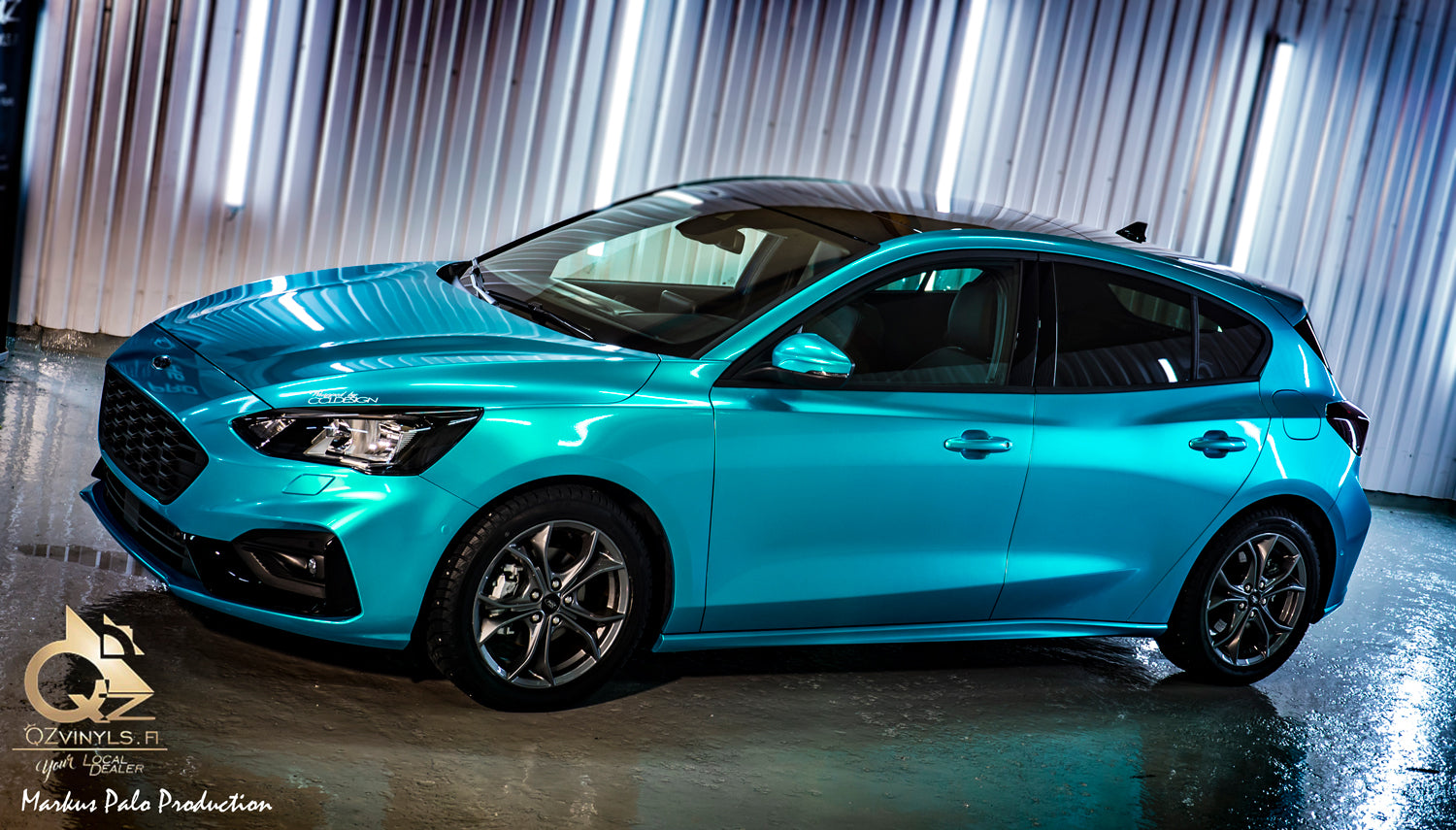On first thought, wrapping a car seems easy to some – just putting a giant sticker on a vehicle. However, automotive wrapping is never just about “wrapping”.
Besides “producing”, there are “pre-production” and “post-production” as well, ranging from choosing the right auto wrap material, measuring the vehicle, and choosing the proper location, to cleaning and so on…
In this article, we are going to run through the whole process to show you a bigger picture to give you some insight into how car wrapping is done.
The Auto Wrap Material
To get everything right, the very thing you need to do is to have the right material. There is a large selection of vinyl wrap to choose from in the market, yet not necessarily every type of vinyl is suitable for your vehicle.
Thus, it would help if you decided whether you are partial wrapping your car or doing a full cover. Secondly, go through the instruction to check what kind of film will fit in with the surface of your vehicle.
Measure Both the Vehicle And Vinyl Material Beforehand
Before getting to the actual installation, measure all the areas you want to wrap before applying, and always add extra for the edges so that you will have enough to adjust something when it needs. For example, when you want to go underneath the body panel sometimes (e.g., Wrapping your hood) to make it look flawless and at the same time avoid future lifting.
Also then measure the material and take what you need to make your custom vinyl wrap – don’t guess. Guessing will often lead to a bad result. You might have to re-do everything, and it will waste much time.
Thorough Cleaning
Cleaning is one of the most critical steps for vinyl wrapping. Installers HAVE TO go over every inch of the car, to make sure all the wax, ceramic or quartz coating, oil, and dirt have been removed, as these will affect the performance of the vinyl adhesive.
This goes the same for rust. If there are any rust spots on the car, make sure they are fixed before you do the wrapping, as adhesive does not stick well to it either – The worst thing is, if you did not get it done, the rust will continue to grow underneath.
Proper Location
Looking for a suitable location to do the installation is a good start. By “suitable” it means in a clean room with controllable temperature. Often time, the best choice is to set a place under the instruction provided by the auto wrap manufacturer.
Installation
At last, you can finally start your actual wrapping. However, remember to be cautious always.
Plan before you apply any of the vinyl wrap material to the surface. Also, make sure you are clear in terms of what tools you will be using during the process, as well as knowing where particular sections of the material will be cut and placed. This will make your application much easier.
When applying, do the flattest part of the panel first, and you will then get a baseline to refer. You can leave the more difficult areas where it needs heat until later.
Be careful not to overstretch a film, especially when heating is applied, as the adhesive is being stretched when you stretch the wrapping material. Once the film is overstretched, the amount of adhesive will be thinned out. This will lead to a failure of adhesion to your car, and lifting or curling might come up in later days.
Post heat
Some people would skip this part. However, this is a step that cannot be overlooked. In fact, without post heating, you can hardly say you have finished the wrap job.
Stretching can be necessary during installing. However, wherever there is stretching, there needs post-heating. Because of the property of vinyl, the film has a memory that can only be killed when post heated. Otherwise, the film might shrink back.
After running through the whole process, will you say that vinyl wrapping is not that easy at all? Well, if you can keep all these points in mind, and do your custom vinyl wrapping, it will inevitably become something enjoyable.

